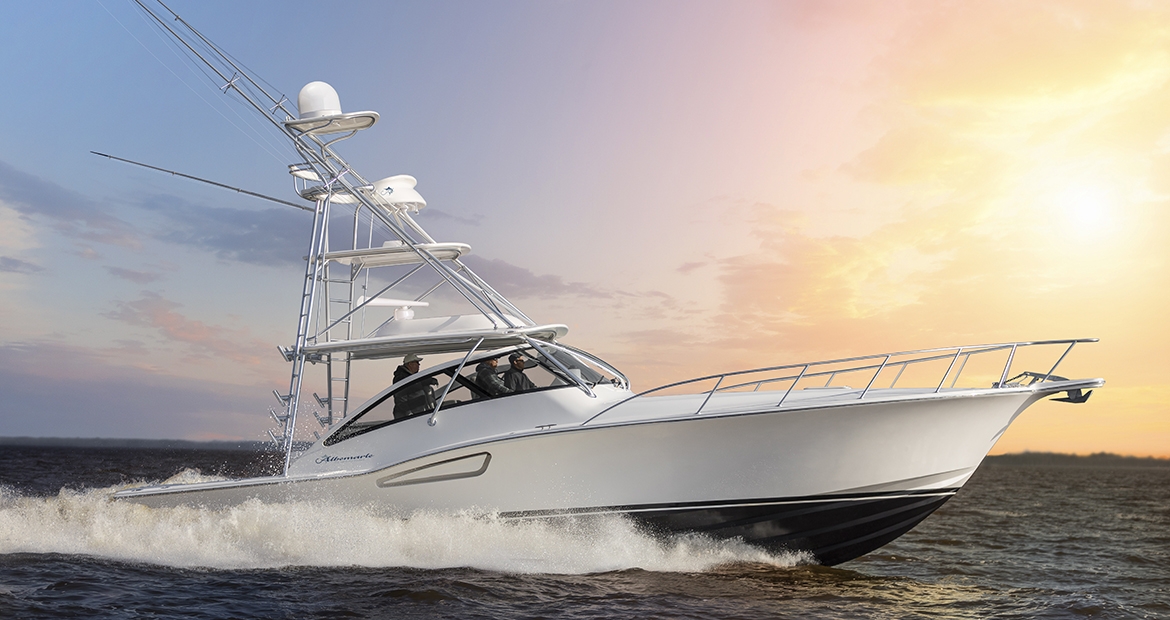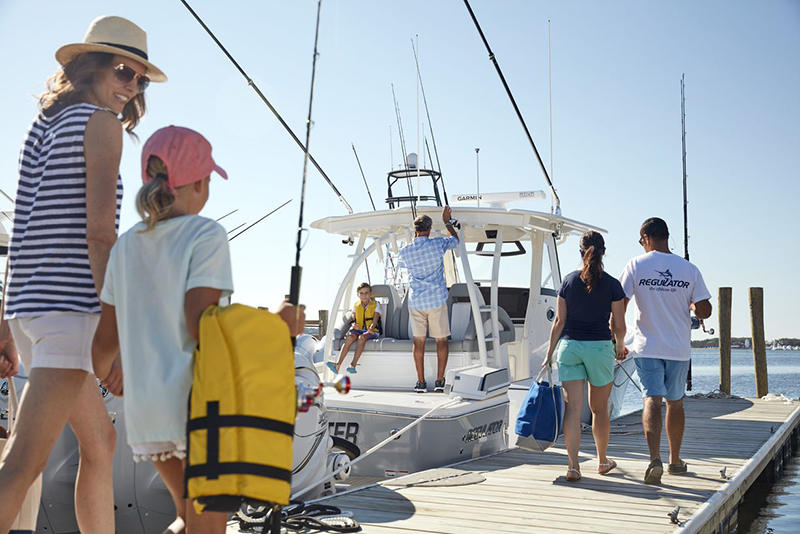Five boating safety tips to remember before you hit the water this season
From filing a boat plan to scheduling a vessel safety check, here are five tips to help ensure your time on the water is memorable for all of the right reasons.
By Katie Yoder, Marketing Communications Specialist

Summer is right around the corner. Many of us have been yearning for the long days, warmer weather and time spent on the water. Whether you’re headed out in your pontoon on the lake, fishing boat in the gulf, or sailboat on the ocean, safe boating starts on shore.
"At Cummins, our daily lives revolve around safety," says Jennifer McQuilken, who works for Cummins marine but is also a U.S. Coast Guard licensed captain. "From wearing proper protection equipment to taking appropriate precautions when installing our product into applications, ensuring the safety of our team members and customers is top priority. That is why all of us at Cummins marine want to remind you of a few easy things to do before you head out onto the water for the first time this season."
Without further ado, here are five boating safety tips to remember as you prepare for your voyage.
Wear a life jacket

No matter what activity you have planned on the water, you should always have a life jacket. It is also important to ensure your life jacket is approved by the U.S. Coast Guard or another authorized agency, is appropriate for your water activity and fits properly. There are life jacket styles available for almost any adventure – cruising, hunting, fishing, paddling, watersports, etc.
Safety first
Make sure you have the proper safety equipment on your boat. There are many items that need to be checked on any boat, some which expire. Valid registration, running lights, flares, and approved fire extinguishers are among some of the things needed for a safe trip on the water. Don’t forget sunscreen, water, and proper clothing for the elements. Not sure if you have what you need? Schedule a free Vessel Safety Check with your local U.S. Coast Guard Auxiliary or U.S. Power Squadrons before you hit the water.
File a float plan
Inform someone you trust of your float plan, which includes details about the trip, boat, persons, towing vehicle, communication equipment and emergency contacts. Should you not return or check-in as intended, a float plan will ensure someone has the information they need to help. Find out more at http://floatplancentral.cgaux.org/.
Follow navigation rules
Adhering to these rules is like following the traffic laws. As the operator, you are responsible for the safety of your boat and passengers. Knowing what to do in situations such as meeting head-on, overtaking another vessel and understanding aids to navigation (signs, buoys, etc.) is essential for safe operation of your boat. Be aware of your surroundings and always travel at an appropriate speed for the environment.
Know your local boating laws
Rules and laws can differ by state, region or country. Violations can result in ticketing, fines or jail time. Minimum operator age, towing restrictions and boating licenses and insurance all vary. Ensure to check in with your local guidelines before hitting the water.
“Being on the water is a fun way to connect with your friends and family,” says Captain McQuilken.
"From active pursuits such as fishing and tubing, to relaxing on a sailboat or cruising around, we want you to have fun, safe day on the ocean or lake."
Regardless of whether you are an experienced boater, or just getting your feet wet, there are resources available to help you, family or friends learn more about being safe on the water. Consider taking a safe boating course, either in-person or online.
"See you out there!"
Author Profiles

Katie Yoder, Marketing Communications Specialist
Katie Yoder is a Marketing Communications Specialist. She joined Cummins in 2018 as a member of the trade show operations team, but now supports the Marine and Oil & Gas segments’ marketing initiatives. As a University of Wisconsin alumna, Katie spends her free time watching Badger sports.
Related Tags